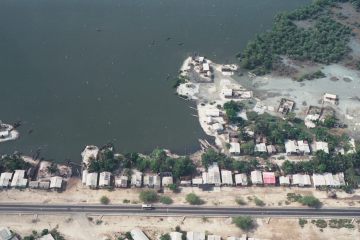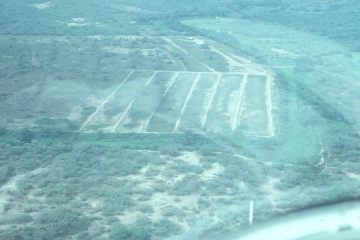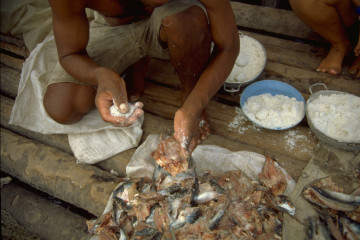https://www.jstor.org/stable/3809329
Effective management and conservation of blue-winged teal (Anas discors) require information on foods consumed in main wintering areas. We describe foods eaten by 84 blue-winged teal collected in Ciénaga Grande de Santa Marta, Colombia, and Palo verde Wildlife Refuge, Costa Rica. The volume of foods found in 12 blue-winged teal collected in Palo Verde in 1982-83 consisted of 92% plant and 8% animal material; cultivated rice predominated. In Ciénaga Grande, foods found in blue-winged teal included 71% plant material during 1979-80 (n=10) and 91% animal material (n=62) in 1985-88 (P<0.01). Water lily (Nymphaea spp.) seeds were the most common plant item. Snails (Pyrgophorus spp.) and Corixidae insects were the most prevalent animal items. We suggest that differences between the 2 Ciénaga Grande samples were due to food availability changes produced by gradually increasing salinity levels affecting the area. We found no differences between sexes in the proportions of plant (P=0.755) or animal foods consumed (P=0.544). Their omnivorous diet enables blue winged teal to use a variety of wetlands during winter and to adapt to seasonally varying conditions in wetlands.




